Stem Cell Therapy: A Hopeful Approach for Cerebral Palsy in Guadalajara
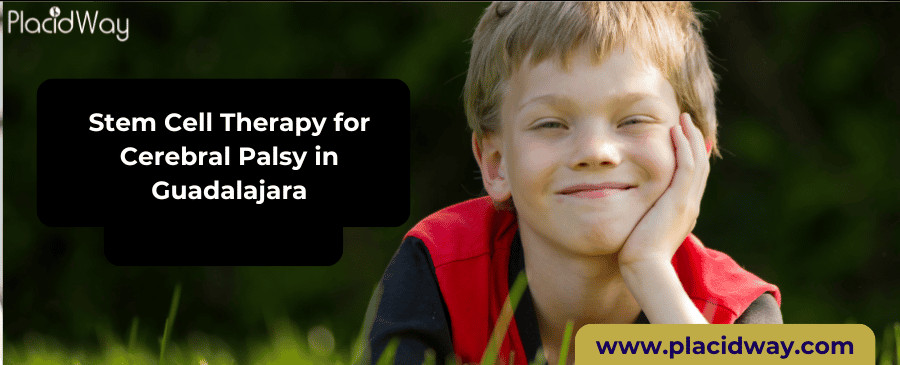
Living with cerebral palsy presents unique challenges, impacting motor skills, movement, and overall quality of life. For many individuals and families seeking advanced treatment options, destinations like Guadalajara, Mexico, have emerged as prominent centers for innovative therapies, including stem cell therapy. This blog post will delve into the effectiveness of stem cell therapy for cerebral palsy in Guadalajara, addressing common questions and providing detailed insights to help you make informed decisions.
Guadalajara has gained recognition in the field of regenerative medicine due to its combination of skilled medical professionals, modern clinics, and often more accessible and affordable treatment costs compared to many Western countries. The potential for stem cell therapy to offer tangible improvements in patients with cerebral palsy is a beacon of hope for many, focusing on repairing damaged brain tissue and enhancing neurological function. While it's important to understand that stem cell therapy is not a "cure" for cerebral palsy, it aims to significantly improve symptoms and overall well-being. We'll explore what makes Guadalajara a compelling choice, the types of stem cells used, potential benefits, and what to consider when exploring this treatment option.
Is Stem Cell Therapy effective for treating Cerebral Palsy in Guadalajara?
Stem cell therapy is a cutting-edge field of regenerative medicine that holds considerable promise for conditions like cerebral palsy. In Guadalajara, clinics are increasingly offering these treatments, with anecdotal evidence and some preliminary studies suggesting positive outcomes. The effectiveness largely stems from the ability of stem cells to promote neurological repair, reduce inflammation, and stimulate the growth of new cells and blood vessels in affected brain areas.
While not a definitive cure, the goal of stem cell therapy for cerebral palsy is to mitigate symptoms and improve functional abilities. Many patients and their families report improvements in areas such as:
- Reduced spasticity and improved muscle tone
- Enhanced gross and fine motor skills
- Improvements in balance and coordination
- Better cognitive function, including learning capacity and communication
- Increased independence in daily activities
It's important to note that individual results can vary depending on the severity of the condition, the type and number of stem cells used, and the patient's overall health. Most reputable clinics in Guadalajara emphasize that stem cell therapy is often most effective when integrated into a comprehensive rehabilitation program, including physical, occupational, and speech therapy.
What types of stem cells are used for Cerebral Palsy treatment in Guadalajara?
In Guadalajara, as in many leading regenerative medicine centers globally, Mesenchymal Stem Cells (MSCs) are primarily used for cerebral palsy treatment. MSCs are multipotent stromal cells that can differentiate into various cell types, including bone, cartilage, muscle, and nerve cells. More importantly for cerebral palsy, they possess strong immunomodulatory, anti-inflammatory, and neuroprotective properties.
MSCs can be sourced from several areas, each with its own advantages:
- Umbilical Cord Blood/Tissue: These are often preferred as they are young, potent, and readily available. They are also considered immunoprivileged, meaning they have a low risk of rejection in allogeneic (donor) applications.
- Adipose Tissue (Fat): Adipose-derived stem cells are abundant and easily harvested from the patient's own body (autologous), minimizing rejection risks.
- Bone Marrow: Bone marrow is another common source for autologous MSCs, though the harvesting procedure can be more invasive than adipose tissue.
The choice of stem cell source often depends on the clinic's protocols, the patient's specific needs, and the doctor's assessment. Many clinics in Guadalajara utilize umbilical cord-derived MSCs due to their robust regenerative capabilities and the ethical considerations associated with embryonic stem cells.
How is stem cell therapy administered for Cerebral Palsy in Guadalajara?
The administration methods for stem cell therapy in cerebral palsy are crucial for ensuring the cells reach the affected areas of the brain and central nervous system. In Guadalajara, clinics commonly employ the following techniques:
- Intravenous (IV) Infusion: This is a common and relatively non-invasive method where stem cells are infused directly into the bloodstream. This allows the stem cells to circulate throughout the body, including crossing the blood-brain barrier to exert their effects on brain tissue.
- Intrathecal Injection: This method involves injecting stem cells directly into the cerebrospinal fluid (CSF) around the spinal cord. This allows for a more direct delivery of cells to the central nervous system, bypassing some of the systemic barriers and potentially leading to a more concentrated effect in the brain.
In some cases, a combination of these methods may be used to maximize the therapeutic potential. The specific protocol, including the number of injections, the dosage of stem cells, and the frequency of treatments, will be determined by the medical team based on the individual patient's condition and treatment plan.
What is the cost of stem cell therapy for Cerebral Palsy in Guadalajara?
One of the primary reasons many individuals consider Guadalajara for stem cell therapy is the significant cost savings compared to other countries, particularly the United States and Canada. While exact prices can vary widely based on the clinic, the type and number of stem cells administered, the specific treatment protocol, and any additional services included (e.g., rehabilitation, accommodation), a general range can be provided.
Here's a breakdown of typical costs:
It's crucial to obtain a detailed cost breakdown from any clinic you consider. Reputable clinics will be transparent about their pricing and what is included in the package. Be wary of clinics that guarantee specific results or are unwilling to provide clear cost information.
What are the potential benefits of stem cell therapy for Cerebral Palsy?
The potential benefits of stem cell therapy for individuals with cerebral palsy are rooted in the regenerative and reparative capabilities of stem cells. By targeting the underlying brain damage and inflammation, stem cells can lead to a variety of positive outcomes. These benefits can significantly improve a patient's quality of life and functional independence.
Key potential benefits include:
- Improved Motor Function: This is often the most sought-after benefit, encompassing better muscle control, coordination, balance, and gait. Patients may experience easier movement, reduced stiffness, and improved ability to perform everyday tasks.
- Reduced Spasticity: Spasticity, a common symptom of cerebral palsy characterized by stiff or tight muscles, can be significantly reduced, leading to less discomfort and greater range of motion.
- Enhanced Cognitive Abilities: Some patients report improvements in focus, attention span, memory, and overall learning capacity. This can lead to better academic performance and communication skills.
- Improved Speech and Communication: By potentially repairing neural pathways, stem cell therapy can contribute to clearer speech, better articulation, and an increased ability to express oneself.
- Increased Independence: The cumulative effect of improved motor and cognitive functions often translates to greater independence in daily living activities such as eating, dressing, and personal hygiene.
- Reduced Pain and Discomfort: By addressing inflammation and improving muscle function, stem cell therapy can help alleviate chronic pain often associated with cerebral palsy.
- Better Sleep Quality: Improvements in physical comfort and reduced spasticity can lead to more restful sleep for patients.
It is important to maintain realistic expectations, as the degree of improvement varies from person to person. However, for many, even modest gains can lead to substantial improvements in their daily lives.
Are there risks or side effects associated with stem cell therapy for Cerebral Palsy?
Like any medical procedure, stem cell therapy carries some potential risks and side effects, though generally, when performed in reputable clinics with strict safety protocols, these are minimal. The safety profile is particularly favorable when using autologous (patient's own) or umbilical cord-derived MSCs, which have a low risk of immune rejection.
Common, typically mild and temporary, side effects may include:
- Injection Site Discomfort: Mild pain, bruising, or swelling at the site of injection (e.g., IV insertion, intrathecal injection).
- Fever and Chills: A temporary low-grade fever or feeling of chills, often resolving within 24-48 hours.
- Headache or Nausea: These can occur, especially with intrathecal injections, but are usually manageable with medication.
More serious complications are rare but can include:
- Infection: As with any invasive procedure, there's a small risk of infection, which is minimized by sterile techniques.
- Allergic Reaction: Though rare, an allergic reaction to the stem cells or components used in their preparation is possible.
- Immune Reaction/Rejection: This risk is significantly reduced when using autologous or immunoprivileged cells like umbilical cord MSCs.
- Tumor Formation: While a theoretical concern with some types of stem cells (e.g., embryonic stem cells), it is extremely rare with MSCs used in current therapies for cerebral palsy.
It is essential to discuss all potential risks and side effects with the medical team before undergoing treatment and to choose a clinic that adheres to high safety standards and provides thorough pre- and post-treatment care.
How long does it take to see results after stem cell therapy for Cerebral Palsy?
The timeline for observing improvements after stem cell therapy for cerebral palsy is highly individual and can depend on several factors, including the patient's age, the severity of their condition, the type and number of stem cells administered, and their adherence to post-treatment rehabilitation. However, a general pattern can often be observed:
- Early Improvements (Days to Weeks): Some patients and their families report subtle changes within the first few days or weeks after treatment. These might include reduced spasticity, increased alertness, or minor improvements in comfort. These initial changes are often attributed to the anti-inflammatory effects of the stem cells.
- Gradual Improvements (Weeks to Months): More significant and sustained improvements typically manifest over a period of several weeks to a few months. This is when the regenerative and neuro-modulatory effects of the stem cells become more apparent, leading to tangible improvements in motor function, cognitive abilities, and overall independence.
- Long-Term Progress (Months to Years): The full benefits of stem cell therapy can continue to unfold for many months, and in some cases, even a year or more after the initial treatment. This ongoing improvement is often linked to the body's natural healing processes being supported by the stem cells, alongside consistent rehabilitation efforts.
Many clinics emphasize that stem cell therapy is not an "overnight cure" but rather a process that kickstarts and supports the body's natural regenerative capabilities. Consistent follow-up and continued participation in rehabilitation programs are crucial for maximizing and sustaining the positive outcomes.
What is the typical recovery process after stem cell therapy for Cerebral Palsy?
The recovery process after stem cell therapy for cerebral palsy is generally well-tolerated and involves minimal downtime. Most patients can resume their regular activities relatively quickly, often within a day or two, depending on the administration method.
Here's what to expect during the recovery period:
- Immediate Post-Procedure: Patients may experience some mild discomfort, tenderness, or bruising at the injection sites. If an intrathecal injection was performed, there might be a recommendation for a short period of rest or reduced activity to prevent post-dural puncture headaches.
- Short-Term (First few days): Any minor side effects like fever, headache, or nausea typically subside within 24-48 hours. Patients are usually encouraged to stay hydrated and follow any specific instructions provided by the clinic regarding medication or activity levels.
- Long-Term (Weeks to Months): The most critical aspect of the recovery and long-term success is the continuation of a structured and consistent rehabilitation program. This includes physical therapy, occupational therapy, and speech therapy as recommended by the medical team. These therapies help to "retrain" the brain and muscles, maximizing the functional improvements initiated by the stem cells. Clinics in Guadalajara often have partnerships with rehabilitation centers or provide guidance on continuing therapy back home.
It's important to maintain open communication with the treating physicians and therapists, reporting any changes or concerns during the recovery period. A healthy lifestyle, including good nutrition and adequate rest, also supports the healing and regenerative processes.
How to choose a reputable stem cell clinic in Guadalajara for Cerebral Palsy?
Choosing the right stem cell clinic is paramount for ensuring a safe and potentially effective treatment experience. With the growing popularity of medical tourism, particularly in Guadalajara, it's crucial to perform thorough due diligence. Here are key factors to consider when selecting a reputable clinic for cerebral palsy stem cell therapy:
- Experienced Medical Team: Look for clinics where the doctors and specialists have verifiable credentials, extensive experience in regenerative medicine, and specific expertise in treating neurological conditions like cerebral palsy. Inquire about their training, certifications, and affiliations with professional organizations.
- Transparent and Ethical Practices: A reputable clinic will be transparent about their procedures, expected outcomes (without guaranteeing cures), and pricing. They should provide a clear treatment plan and willingly answer all your questions. Avoid clinics that make exaggerated claims or pressure you into quick decisions.
- Advanced Lab Facilities and Quality Control: The quality of the stem cells used is critical. Ensure the clinic has in-house or partnered labs that adhere to strict international standards for sourcing, processing, culturing, and storing stem cells. They should be able to provide information on cell viability and purity.
- Patient Testimonials and Success Stories: While individual results vary, positive testimonials and success stories from previous patients, especially those with cerebral palsy, can offer valuable insights into the clinic's patient care and outcomes. Look for a balance of genuine experiences rather than overly sensationalized claims.
- Comprehensive Pre- and Post-Treatment Care: A good clinic will offer thorough pre-treatment evaluations, including a review of medical history, diagnostic tests, and a personalized treatment plan. They should also provide clear guidelines for post-treatment care and follow-up.
- Accreditation and Regulations: While stem cell therapy regulations can vary, look for clinics that adhere to established medical standards and guidelines. Inquire about any local or international accreditations they may hold.
- Communication and Support: Assess how responsive and helpful the clinic staff are during your initial inquiries. Good communication and supportive staff can significantly enhance your experience, especially if traveling internationally.
Don't hesitate to ask for detailed information, seek second opinions, and connect with other patients if possible. Your health and safety should be the top priority.
Can stem cell therapy cure Cerebral Palsy?
It is crucial to understand that stem cell therapy is not currently a "cure" for cerebral palsy. Cerebral palsy is a permanent condition caused by brain damage that occurs during brain development. While stem cell therapy holds significant promise and has shown the potential to lead to remarkable improvements in symptoms and functional abilities, it does not reverse the underlying brain damage entirely or eliminate the condition.
Instead, stem cell therapy for cerebral palsy focuses on:
- Repairing and regenerating damaged brain tissue: Stem cells can help to repair injured areas of the brain and promote the growth of new neural connections.
- Reducing inflammation: Chronic inflammation can exacerbate symptoms of cerebral palsy; stem cells have potent anti-inflammatory properties.
- Improving neurological function: By supporting the brain's healing mechanisms, stem cells can enhance communication between brain cells and improve overall neurological pathways related to motor control and cognition.
- Enhancing neuroprotection: Stem cells can protect existing neurons from further damage.
The goal is to improve the patient's quality of life, reduce their symptoms, and increase their functional independence, rather than to eradicate the condition entirely. Clinics that claim a "cure" for cerebral palsy through stem cell therapy should be approached with extreme caution, as such claims are not supported by current scientific evidence.
What is the success rate of stem cell therapy for Cerebral Palsy in Guadalajara?
Quantifying a precise "success rate" for stem cell therapy for cerebral palsy can be challenging, as "success" itself can be defined differently for each patient based on their individual goals and the severity of their condition. However, many clinics in Guadalajara that specialize in regenerative medicine report encouraging outcomes, often citing high rates of patient satisfaction and observable improvements.
Based on clinic reports and patient testimonials, some clinics suggest success rates for noticeable improvements in the range of 70% to 85%. These improvements typically refer to:
- Measurable gains in gross and fine motor skills.
- Reduction in spasticity and involuntary movements.
- Improvements in balance, coordination, and gait.
- Enhanced cognitive function and communication.
- Overall improvement in quality of life and independence.
It's important to remember that these figures are often based on patient-reported outcomes and internal clinic assessments. While promising, the field of stem cell therapy for cerebral palsy is still evolving, and more large-scale, long-term clinical trials are ongoing to provide standardized, definitive data on success rates. When evaluating a clinic, inquire about their specific outcome data, patient follow-up procedures, and how they define and measure success.
Is stem cell therapy for Cerebral Palsy approved in Guadalajara?
The regulatory landscape for stem cell therapy varies significantly across different countries. In Mexico, including Guadalajara, the regulations surrounding stem cell therapies are generally more permissive than in countries like the United States or Canada. This does not necessarily mean an absence of oversight, but rather that certain treatments are available that might still be undergoing extensive clinical trials or are not yet approved for widespread use in other jurisdictions.
Mexican health authorities, like COFEPRIS (Federal Commission for the Protection against Sanitary Risks), regulate medical procedures and facilities. Reputable clinics in Guadalajara offering stem cell therapy for cerebral palsy operate within these existing frameworks, often adhering to international standards of practice to ensure patient safety and quality of care. Many clinics pride themselves on their state-of-the-art facilities and experienced medical teams.
However, it's vital for patients and their families to understand that "approved" can have different meanings. While clinics may be legally operating within Mexican regulations, the specific therapy for cerebral palsy might not have universal approval from major international health organizations (like the FDA in the US) that would classify it as a standard, fully proven treatment. This distinction is crucial for setting realistic expectations and understanding the current stage of scientific evidence.
What are the alternatives to stem cell therapy for Cerebral Palsy?
While stem cell therapy is a promising new frontier, it's important to remember that a comprehensive approach to managing cerebral palsy often involves a combination of traditional and innovative treatments. Many established therapies focus on managing symptoms, improving function, and enhancing quality of life. These alternatives often work synergistically with, or as a foundation for, advanced treatments like stem cell therapy.
Key alternatives and complementary treatments include:
- Rehabilitation Therapies:
- Physical Therapy (PT): Focuses on improving strength, flexibility, balance, and motor skills through exercises, stretches, and mobility training.
- Occupational Therapy (OT): Aims to develop skills for daily living activities, such as eating, dressing, writing, and fine motor coordination.
- Speech and Language Therapy: Addresses communication difficulties, speech clarity, and swallowing issues.
- Medications:
- Muscle Relaxants: Such as baclofen or Botox injections, to reduce spasticity and muscle stiffness.
- Anti-seizure Medications: For individuals who experience seizures associated with cerebral palsy.
- Pain Management: Medications or other interventions to alleviate chronic pain.
- Orthopedic Surgeries: Procedures to correct bone deformities, release tight muscles, or lengthen tendons, aimed at improving mobility and reducing pain.
- Selective Dorsal Rhizotomy (SDR): A neurosurgical procedure that involves cutting specific sensory nerves in the spinal cord to permanently reduce severe spasticity in the legs.
- Assistive Devices: Use of braces, splints, walkers, wheelchairs, and communication aids to enhance mobility and independence.
- Nutritional Support: Addressing feeding difficulties and ensuring adequate nutrition for growth and overall health.
A multidisciplinary team approach, involving neurologists, orthopedists, therapists, and nutritionists, is typically recommended to create a personalized treatment plan for each individual with cerebral palsy.
What should I expect during a consultation for stem cell therapy in Guadalajara?
A comprehensive consultation is the first critical step in exploring stem cell therapy for cerebral palsy in Guadalajara. It's an opportunity for the medical team to assess your or your loved one's condition and for you to ask all your questions and understand the proposed treatment plan. Here’s what you should typically expect:
- Detailed Medical History Review: The medical team will meticulously review the patient's complete medical history, including the cerebral palsy diagnosis, its severity, past treatments, medications, and any co-existing conditions. Providing all relevant medical records, including diagnostic imaging (MRI, CT scans) and reports from previous therapies, will be very helpful.
- Physical Examination and Assessment: A thorough physical examination will be conducted to assess the patient's current motor function, muscle tone, reflexes, and overall neurological status. This might involve specific tests to evaluate mobility, balance, and coordination.
- Discussion of Current Symptoms and Goals: You will have an opportunity to describe the specific challenges the patient faces and what improvements you hope to achieve through stem cell therapy. This helps the medical team tailor the treatment plan to individual needs.
- Explanation of Stem Cell Therapy: The doctor will explain the science behind stem cell therapy, the type of stem cells recommended (e.g., umbilical cord-derived MSCs), the administration methods (e.g., IV, intrathecal), and the anticipated number of treatments or cycles.
- Potential Benefits and Risks: A clear and realistic discussion about the potential benefits, expected outcomes, and any associated risks or side effects will take place. Reputable clinics will manage expectations and avoid promising a "cure."
- Treatment Protocol and Schedule: You will receive a detailed outline of the proposed treatment protocol, including the duration of stay required in Guadalajara, the frequency of treatments, and any pre- or post-treatment instructions.
- Cost Breakdown: A transparent explanation of the total cost, what it includes, and payment options will be provided.
- Q&A Session: This is your chance to ask any questions you have about the treatment, the clinic, the doctors, or the logistical aspects of traveling to Guadalajara for medical care.
It's advisable to prepare a list of questions beforehand to ensure all your concerns are addressed during the consultation.
For individuals and families exploring advanced solutions for cerebral palsy, Guadalajara offers a compelling option for stem cell therapy. With its focus on regenerative medicine, skilled medical professionals, and supportive environment, clinics in Guadalajara strive to provide hopeful paths towards improved quality of life. If you are considering stem cell therapy or other innovative healthcare services, we encourage you to explore PlacidWay. PlacidWay can connect you with reputable clinics and help you navigate your medical tourism journey, ensuring you find the best solutions for your unique needs.


.png)


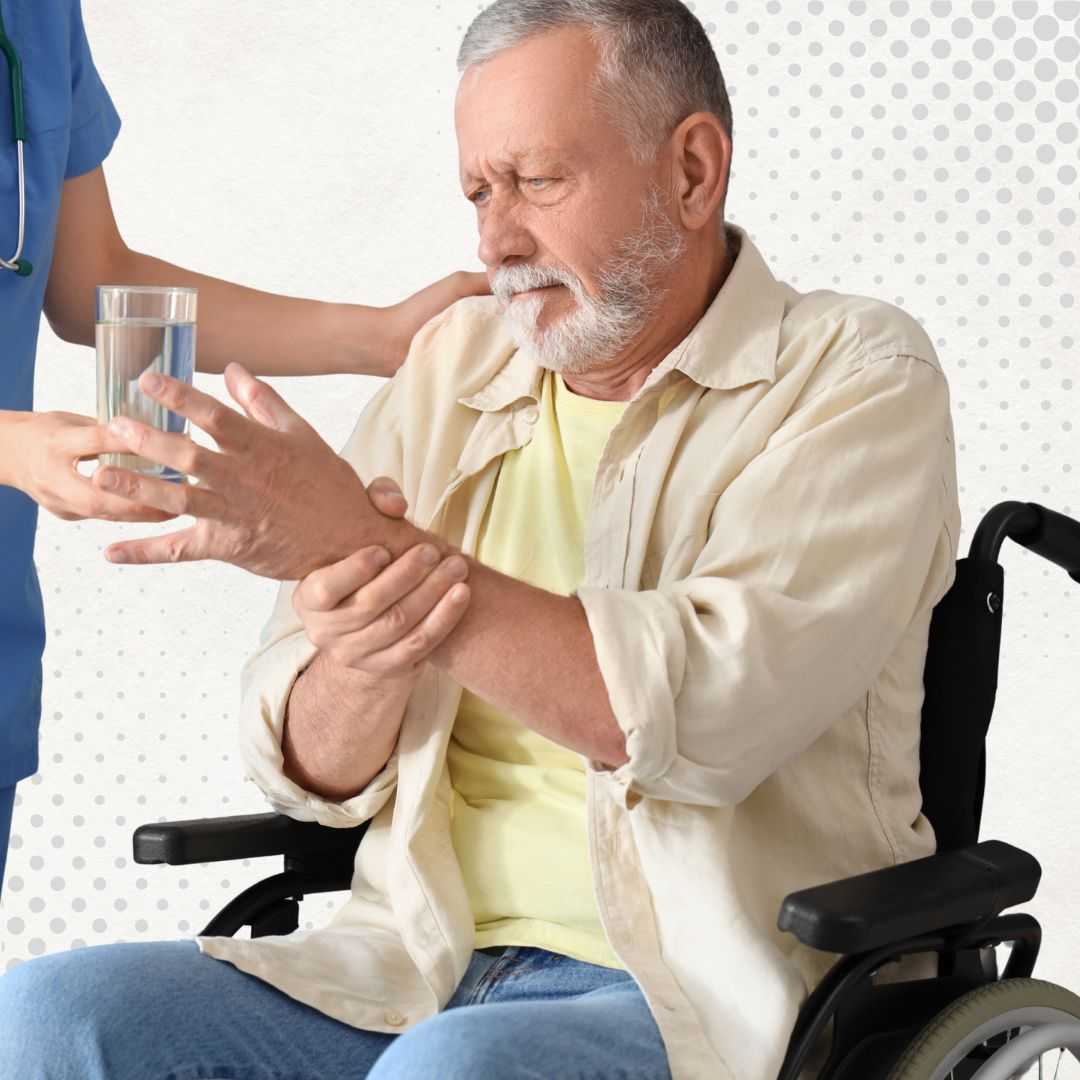


.jpg)
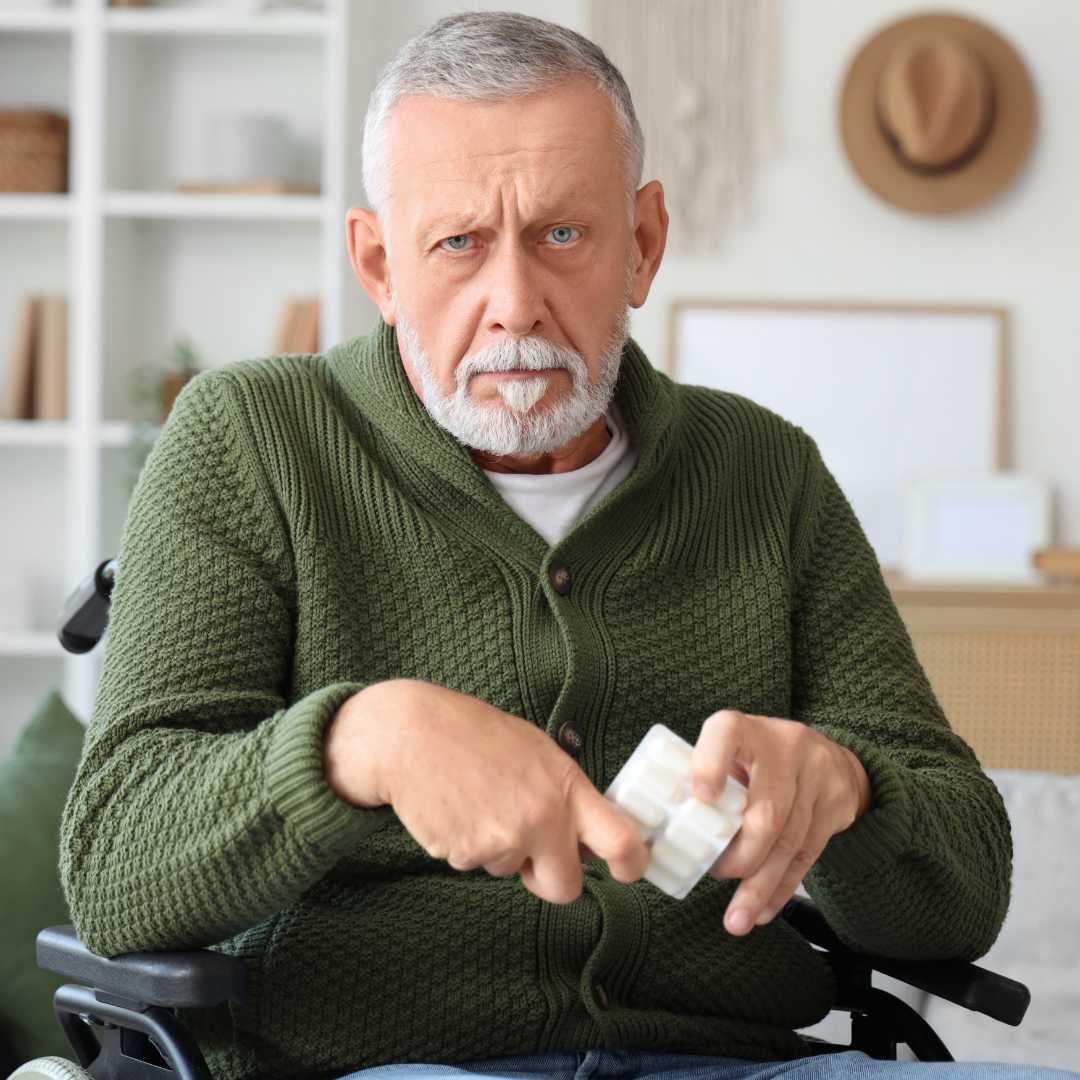

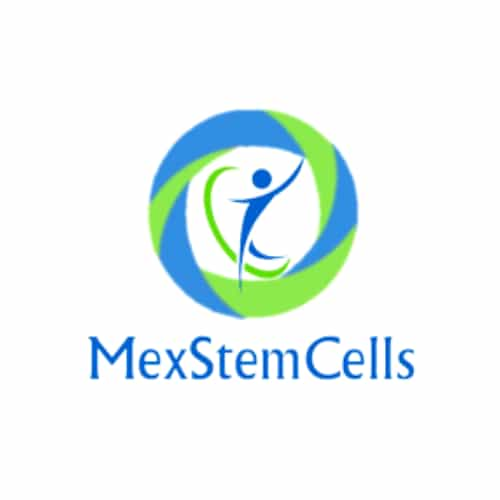
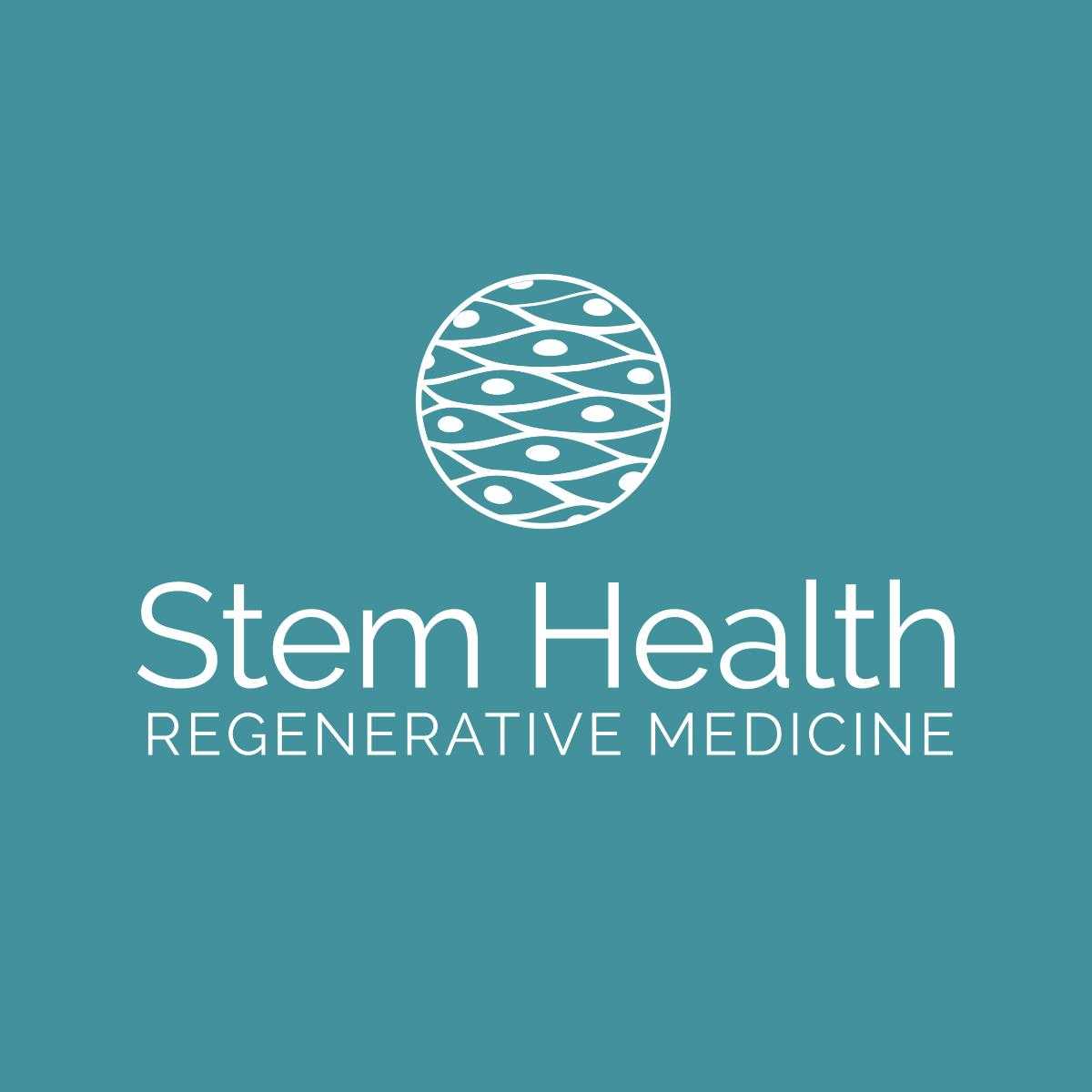
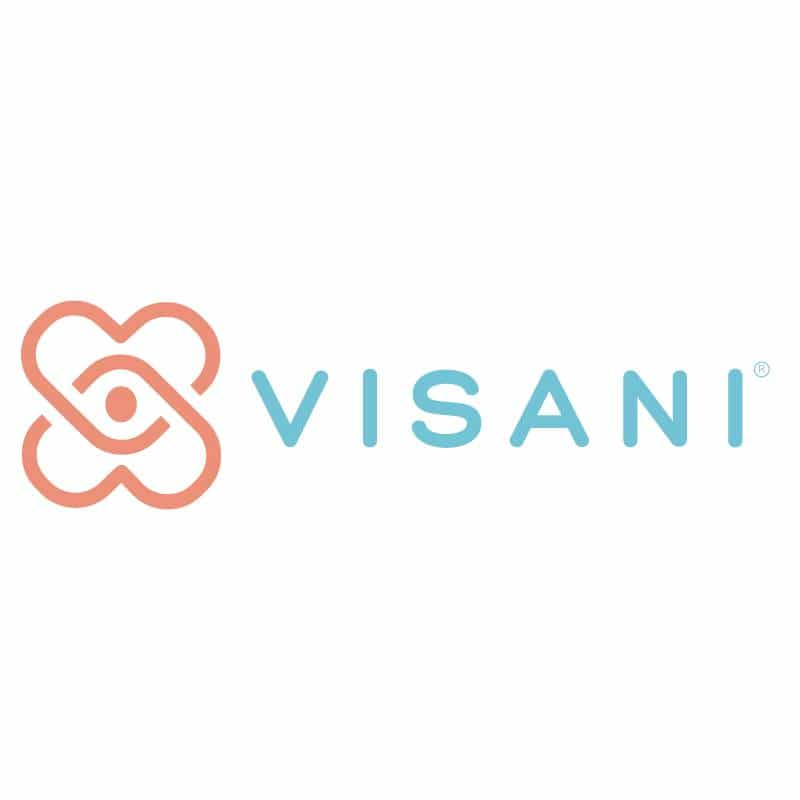

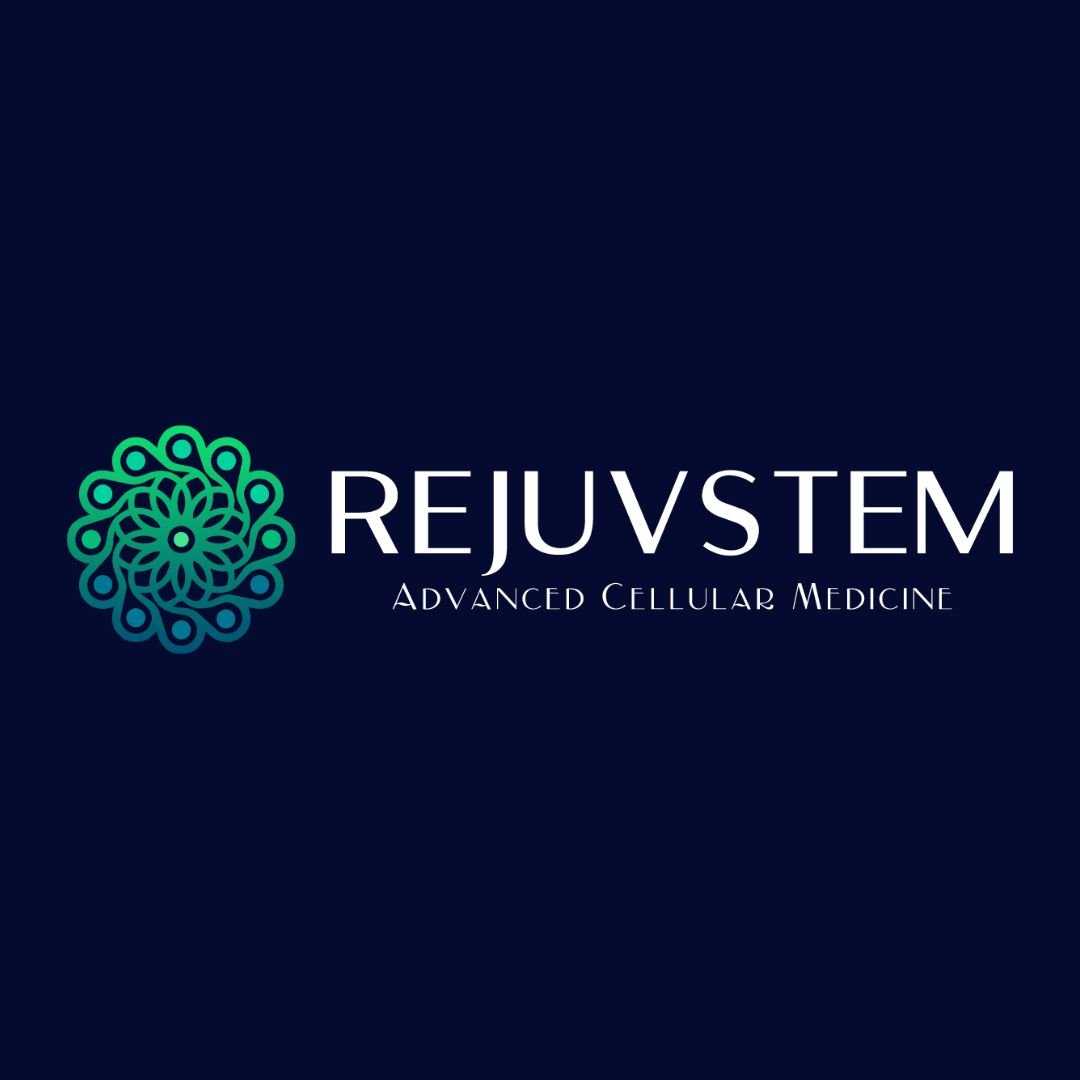

Share this listing